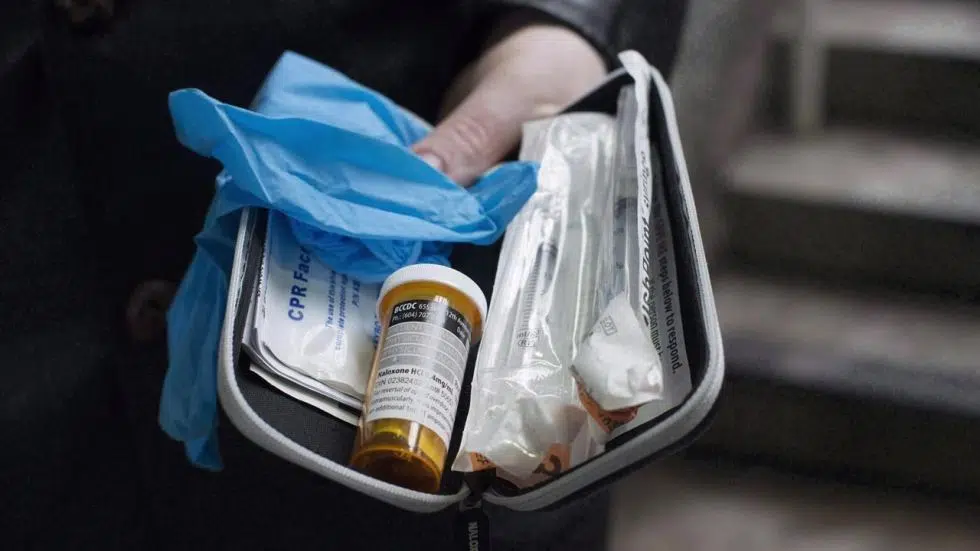
St. John Ambulance volunteers in Kamloops to be trained to administer naloxone
KAMLOOPS — It seems there is no slowing the overdose epidemic in B.C.
With more than 1,100 deaths, it’s been all hands on deck trying to save lives, and the St. John Ambulance has been playing a vital role starting this year.
“When things really took a turn for the worst in December, St. John Ambulance was called upon by Health Emergency Management BC to contribute first responders to the crisis,” said Jill Wurflinger from St. John Ambulance B.C. & Yukon. “It was the first time we were ever asked to do something like that.”


